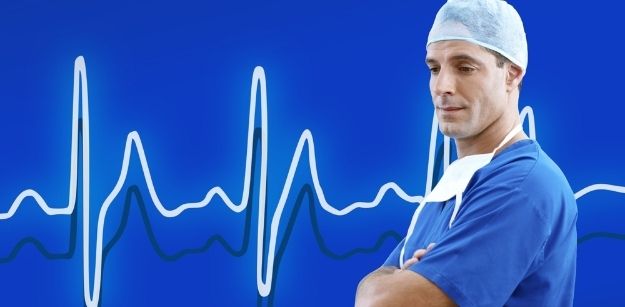Medical imaging services have brought tremendous improvement in providing healthcare intervention. At Crestwood imaging, various medical equipment allows doctors to detect illnesses, injuries, infections, and conditions in the initial phase and employ the right treatment regimen for patients.
The technology used in medical diagnostic imaging is not exclusive to diagnostic purposes only. Medical diagnostic equipment improves the practitioner’s precision and accuracy during surgical procedures.


There are various types of diagnostic imaging techniques, which apply different techniques to generate images for a variety of purposes. This article will focus on the most common types of medical diagnostic imaging techniques.
1. CT Scanner
This is commonly abbreviated as CT scan. It is a tomography scan. It uses x-rays and a computer to generate a detailed scan of internal body organs. It varies from the commonly used x-ray because it generates a cross-section image.
CT scans can produce images of bones, blood vessels, and internal organs. Other parts of the body such as the neck, brain, chest, sinuses, and spine can also be scanned.
Common uses of CT scan
CT scans are commonly used in the imaging of broken bones and tumors. They are also used to find finer details that may escape an X-ray. CT scans are also essential in the regular monitoring of some conditions such as cancer.
Advantages of using CT scan
- The scan period is relatively short. It lasts from 10 to 20 minutes.
- In relation to other types of imaging, CT scans results are fast.
- CT scans are non-invasive and so the imaging process is not painful.
Disadvantages of using CT scan
- Like other kinds of x-rays, the body is exposed to some sort of radiation that helps to capture the image. The more a patient undergoes several scans, the more exposure. However, CT scans are currently being designed to minimize radiation exposure with the barrier shield.
- There’s a possibility body reacting to the dyes used during the procedure.
2. MRI Scanner
MRI is the abbreviated form of magnetic resonance imaging scan. An MRI is a detailed cross-sectional view and image of a part of a body.
It is quite close to a CT scan, discussed above, but has a high resolution, thus gives improved quality. It gives a better view of the tissue under investigation.
MRI is used to produce images of the spinal cord, the heart, blood vessels, the brain, and different internal organs.
Its functions are close to those of a CT scanner. It is commonly used in the diagnosis and obtaining more details to assist in planning treatment options. It also helps in monitoring the progress of an ongoing treatment regimen.
Advantages of MRI
- MRI is non-invasive, thus, it is painless and safe for the patient. The radiation and magnetic fields have no scientifically proven negative effects on the patient.
- MRI is safe for pregnant women, lactating mothers, and children because there’s no exposure to x-ray radiation.
Disadvantages
- Claustrophobic patients can find an MRI procedure uncomfortable because it involves lots of body enclosure.
- People with metal implants and pacemakers cannot undergo MRI because metallic material cannot go inside an MRI scanning machine.
3. Ultrasound
In ultrasound imaging, high-frequency waves are used to see what is inside the body. Ultrasound is also known as a sonogram.
It is used to produce the image and other finer details of the unborn baby in real-time. It’s used to monitor the progress of the unborn baby that is still in the womb. If an operation has to be done, ultrasound is used in guiding the surgeons for diagnosis.
Advantages
- Ultrasound is non-invasive and there are no after-effects associated with its use.
- The results appear in real-time and those concerned can study the images on the screen.
Disadvantages
- The probe cover used on the patient contains latex and can cause an allergic reaction to some patients.
- If an endoscopic ultrasound is done, it can cause bloating, sore throat, and internal bleeding in severe cases.
4. X-ray
Like all other imaging procedures, an x-ray is used to obtain images inside a patient’s body. It uses radiation to help capture the image in the area of the electromagnetic spectrum.
It is a very common procedure used to see the inside of broken bones. Orthodontists and dentists use it to image the dental formulae of patients. Additionally, it can also be used to capture bone tumors.
It is used to detect broken bones and discern the best treatment plan.
Advantages
- An x-ray procedure only last few minutes.
- It’s non-invasive.
Disadvantages
- Though the amount of radiation emitted exposes the patient to radiation that can potentially bring cancer. However, the amount of radiation is minimal.



